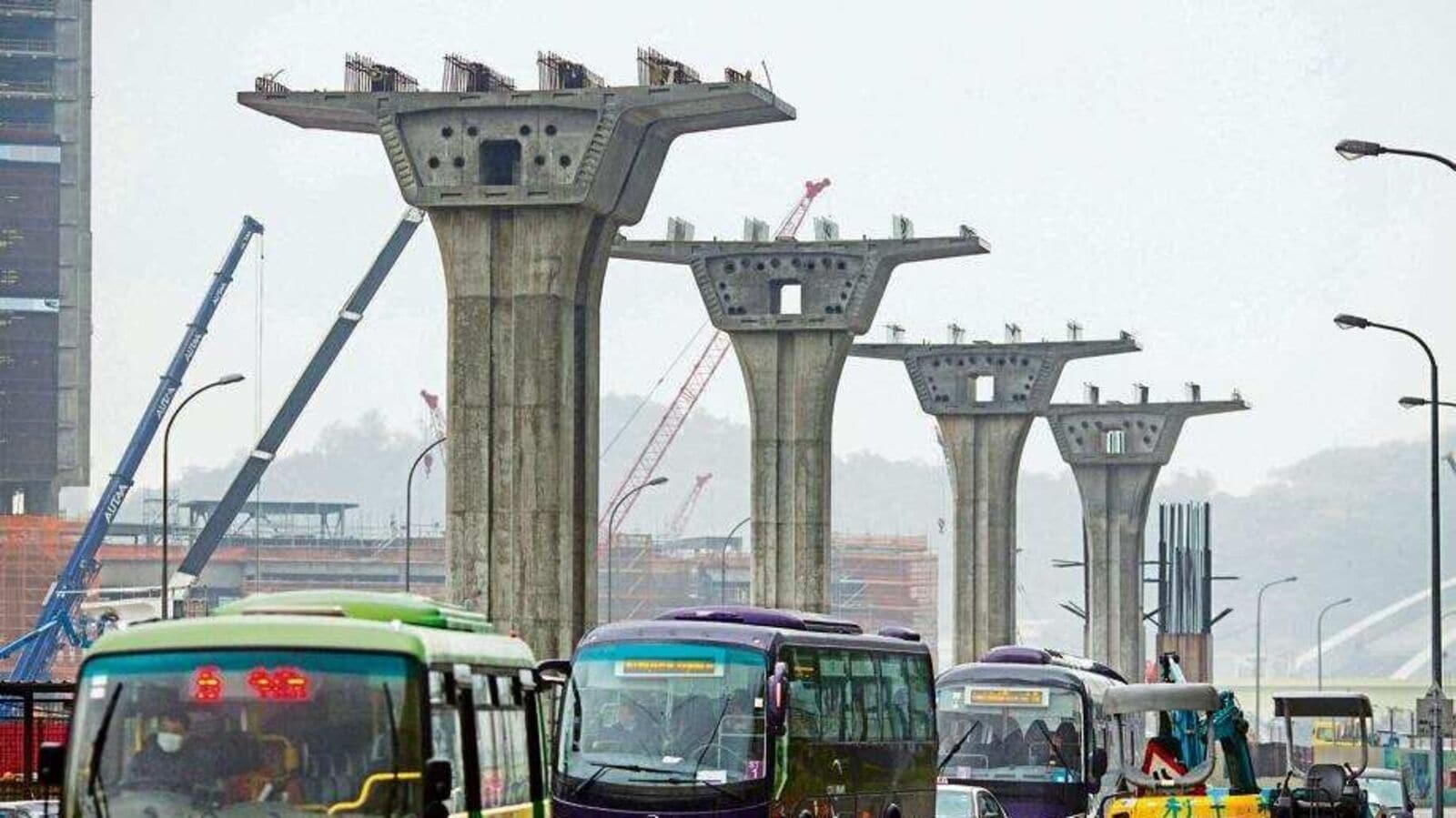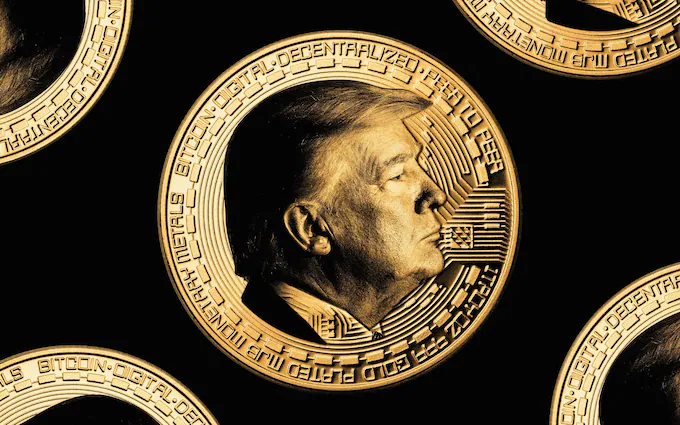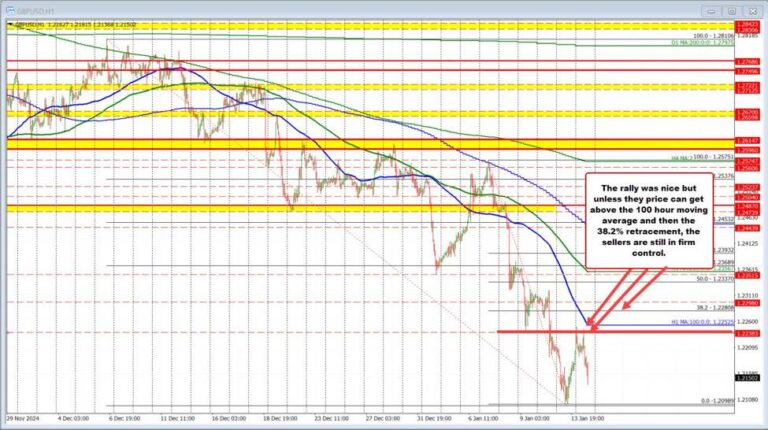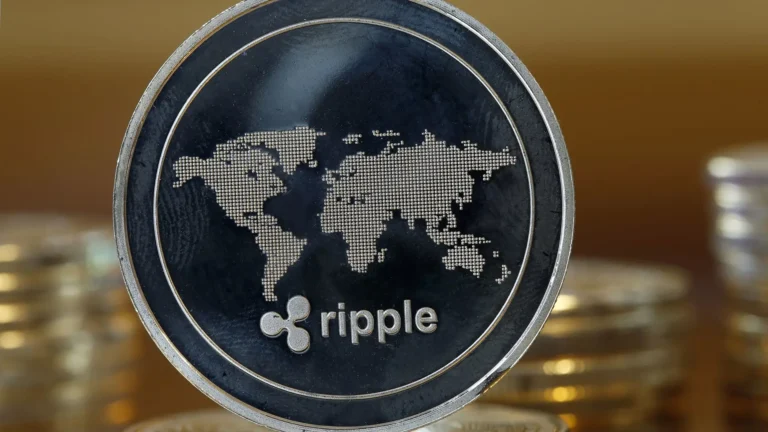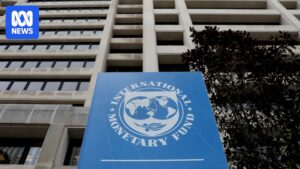After two consecutive quarters of sluggish economic growth, policymakers and economists are banking on a turnaround in the second half of the fiscal year, driven by increased government spending, a boost from the ongoing festive season, and resilient rural consumption.
These drivers are anticipated to counterbalance the downturn in manufacturing, subdued urban consumption, and lacklustre corporate earnings—factors that led to the moderation of India’s GDP growth to 5.4% in the September quarter, from 6.7% in the June quarter and 8.2% in the year-ago period.
Economists note that while India is expected to retain its status as the fastest-growing major economy over the next five years, a growth rate of 5.4%—even if the highest among large economies in a sluggish global environment—should not invite complacency, as restoring India’s economy to its pre-pandemic trajectory remains vital, particularly for the millions in the economically weaker sections of the society.
Despite ranking among the world’s top five economies, India grapples with the lowest per capita income in this group, and stark regional disparities persist, said Debopam Chaudhuri, chief economist at Piramal Enterprises Ltd.
“Per capita income in India’s more developed western and southern states is 2.2 times that of the weaker eastern states,” he said.
“Without translating economic growth into inclusive development, particularly for underserved regions, India’s long-term economic ambitions will face significant headwinds,” he added.
During the September quarter, an industrial slowdown—driven by weak government capex, sluggish bank credit, and falling global demand—hit sectors with mass employment like mining, manufacturing, and construction, dampening consumption, which drives 60% of India’s GDP.
Meanwhile, agriculture, a pandemic-era growth driver employing over 40% of the workforce, remains overly reliant on good monsoons, exposing it to climate risks.
“Less than half of farmland is irrigated, and modernization lags. To strengthen food security and farmer incomes, India needs investments in storage, mechanization, contract farming and commodity markets. Without such reforms, subsistence farming will hinder India’s ambition to become the world’s food bowl,” Chaudhuri added.
Sectoral performance
Manufacturing growth in the September quarter slowed to 2.2% from 14.3% a year earlier, and 7% in the June quarter.
As for other sectors, agriculture, hospitality, transport, broadcasting services and communications bounced back in the second quarter.
Agriculture grew 3.5%, against 1.7% a year earlier and 2% growth in the June quarter.
Mining, however, contracted by 0.1%, against 7.2% growth in the preceding three months and an 11.1% jump a year earlier. Construction sector growth slowed to 7.7% in Q2 from 13.6% growth in the year-ago second quarter and 10.5% in the latest first quarter.
“Since the pandemic, demand drivers have not synced to fuel growth. Consumption has remained modest, and only recently has spending seen a rebound. On the other hand, gross fixed capital formation, which fuelled the economic rebound, tempered in the last quarter,” said Rumki Majumdar, director and economist at Deloitte India.
“We believe boosting these demand drivers will require a significant push from the government in the form of capex spending and incentives to channel household savings into capital formation as foreign flows remain volatile. Good rainfall this year will help keep rural demand buoyant, and we expect better kharif produce and rabi sowing will help improve rural income,” she added.
Majumdar emphasized the need for continued efforts to push for equitable and inclusive employment opportunities and roles by enabling upskilling and reskilling through technology platforms.
“Global uncertainties are here to stay, and India faces a significant challenge in managing geopolitical uncertainties. The nations in the West may change their trade policies, which will have implications on global trade and investment, while global liquidity conditions could be tighter than previously anticipated,” Majumdar said.
“These uncertainties are expected to persist and shape global wealth disparities, supply chain shifts, inflation, and the energy transition. India will have to learn to deal with the uncertainties and become more resilient by boosting domestic demand,” she added.
Meanwhile, after reporting a fall in Q2FY25, manufacturing seems to be rebounding.
Inflation trends and monetary policy
The HSBC Flash India Services PMI Business Activity Index rose to 60.8 from 58.4 in November, while the Flash India Manufacturing PMI climbed to 57.4 from 56.5 the previous month. Improving international demand for Indian goods and services boosted total sales, as seen by a sustained upturn in new export orders.
Meanwhile, retail inflation based on the consumer price index (CPI) fell to a three-month low of 5.48% in November from the 14-month high of 6.21% in October, latest statistics ministry data showed, as vegetable prices cooled due to rising supplies.
The drop in inflation coincides with calls from senior government officials, including finance minister Nirmala Sitharaman and commerce minister Piyush Goyal, for a reduction in interest rates. The Reserve Bank of India (RBI), tasked with keeping inflation within a target band of 2-6%, has taken a more cautious stance.
At times of elevated inflation, central banks typically raise interest rates to curb borrowing, dampen demand, and ultimately rein in consumer spending.
Last week, the RBI’s Monetary Policy Committee (MPC) held the benchmark repo rate steady at 6.5% for the eleventh consecutive time, maintaining the status quo for 22 months.
The decision reflects the central bank’s balancing act between controlling inflation and supporting economic growth in an uncertain global environment.
“The main challenge would be to respond to the ongoing downward cycle of the US Fed rate and the structure of US tariffs when the new regime takes over in the US. India may likely initiate a policy rate reduction cycle in February 2025 and adjust its tariff structure in the forthcoming budget,” said D.K. Srivastava, chief policy Advisor, EY India.
“There would be tangible competition between G7 and the Brics countries which should largely play out in India’s favour. Increased competition between these groups may keep global crude prices in the range of $70-75 per barrel,” he said, adding that despite the challenges, India is on course to become the third-largest global economy in market exchange rate terms by 2027-28.
However, experts caution that economic headwinds are intensifying as high food inflation erodes households’ discretionary spending power, with wage growth failing to keep pace. Adding to the strain, climate-related disruptions are weighing on household incomes.
Meanwhile, prolonged monsoons, rising air pollution, unseasonal rains and extreme heat, stall economic activity, particularly in sectors like construction, further compounding challenges for families navigating an already uncertain economic landscape.
“Fiscal policy in FY26 should adhere to the fiscal glide path outlined by the government, as any slip on this front will further fuel inflation and cause challenges on the monetary policy front. While higher capital spending under fiscal policy has supported the economy in the last three fiscal years, it will have to be the monetary policy that has to come to aid of the economy through rate cuts in FY26,” said Ranen Banerjee, partner and leader economic advisory, PwC India.
“We will have to keep praying to climate gods that we do not have too many climatic disruptions next year for good agricultural output to sustain that will support the revival of rural demand and containing food inflation, thereby adding to the virtuous economic cycle of growth,” he added.
Capex push
A senior finance ministry official, speaking on the condition of anonymity, said the central government plans to sustain high capital expenditure, aiming to match this fiscal year’s target in the next.
“The Centre is poised to continue its capital expenditure push in the upcoming budget to fuel economic growth, as private sector investments gradually gather pace while state-level capex remains subdued,” the official said.
For the current fiscal year, the Centre’s capex plans stand at about ₹11.11 trillion, up 11% from FY24’s budgeted estimate of ₹10 trillion. The revised estimate of capex for FY24 stands at ₹9.5 trillion.
The person mentioned above said the FY26 budget may project capex growth at 7-10%.
A finance ministry spokesperson didn’t respond to Mint’s emailed queries.
The government expects India’s nominal GDP to expand by 10.5% to ₹326.4 trillion in 2024-25, slightly lower than the ₹327.7 trillion projected in the interim budget.
Nominal GDP expanded by 8.9% to ₹153.91 trillion in the first six months of the current fiscal, against ₹141.40 trillion in the year-ago period, as per statistics ministry estimates.

